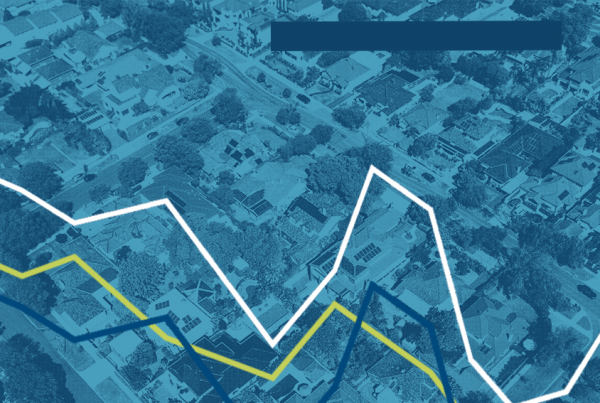At its November 2022 meeting, the Federal Reserve raised the Fed funds rate – the amount banks pay to borrow money from each other overnight – by another three quarters of a point, equaling the last three rate increases it instituted in June, July, and September. This was the Fed’s sixth rate hike of the year as it continues the effort to rein in inflation.
The size of this increase was not a surprise to economists and investors, but they were hoping to see a shift from the Federal Reserve’s policy stance coming out of its latest rate decision. Many have been concerned about the Fed being too aggressive too quickly and possibly pushing the economy into a recession.
However, job openings in the U.S. unexpectedly rose to 10.7 million in September, a sign that a scorching-hot labor market hasn’t cooled off as much as the Federal Reserve would like. The number of job openings is viewed as a way to assess the strength of the labor market and the broader economy.
The Fed wants to see the mismatch between high job openings and the relative scarcity of available workers shrink at a faster pace. Senior Fed officials worry the labor shortage is causing wages to spike and add to already high inflation.
What does the higher Fed funds rate mean to mortgage rates?
As we pointed out in previous blogs about Fed rate increases in March, May, June, July, and September, the Federal Reserve technically doesn’t determine mortgage rates. However, its actions do have an effect on home loan pricing.
The latest 0.75% increase had been anticipated for weeks by the housing market, which had already priced it into current average rates. The major variable was whether the Fed would communicate a possible downshift in the pace of future hikes.
The Fed signaled future increases in borrowing costs could be made to account for the “cumulative tightening of monetary policy” it has enacted so far. In other words, it was non-committal about the size of rate increases in December and 2023. How this will affect mortgage rates moving forward remains to be seen, but volatility risk remains high in the coming weeks and months.
As always, there are still steps you can take to get some rate relief in today’s market, including exploring the option of a Temporary Buydown that allows you to enjoy reduced payments at the beginning of your Conventional Conforming, FHA, VA, or Jumbo mortgage.
Remember: unlike the Fed rate, mortgage rates change daily and sometimes hourly – and they still occasionally go down, despite the direction of the Fed rate. The best way to navigate interest rates on home loans is to speak with a Homeowners Licensed Mortgage Professional about current market conditions. In any market situation, we’re here to help you understand the rates that are available to you and get the best possible pricing on your next home loan.




